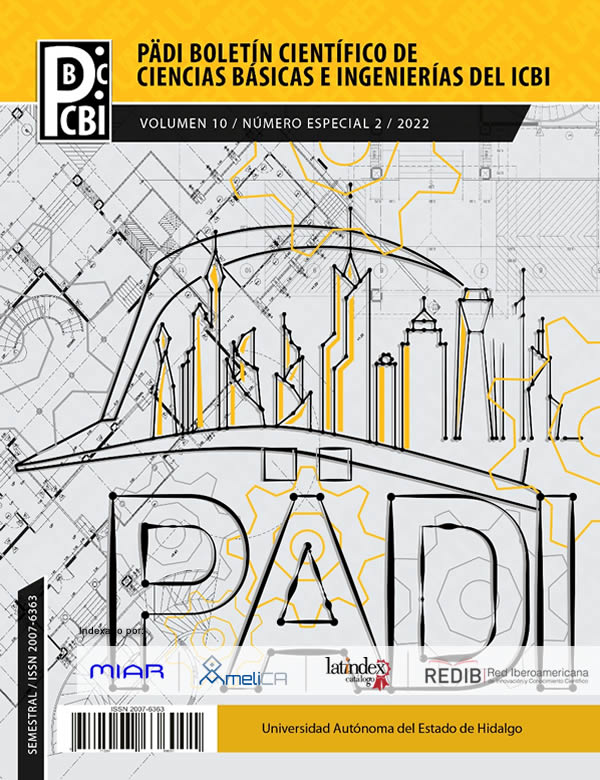Creación de Redes de Petri a partir de la descripción de procesos de negocios utilizando Python
DOI:
https://doi.org/10.29057/icbi.v10iEspecial2.8673Resumen
El análisis de procesos de negocios (BP) investiga las propiedades de las entidades y atributos de dichos procesos, para ello, es necesario utilizar herramientas, estadísticas, análisis de tiempos y movimientos, simulación, minería de datos y obviamente la documentación del flujo de actividades. Puede ser representado gráficamente utilizando diferentes herramientas, por ejemplo, las redes de Petri (PN). Las PN permiten la representación de eventos combinando la visualización grafica con una notación matemática subyacente.
El autor ha creado un algoritmo que convierte el texto de la descripción de un proceso de negocio en una red de Petri, y este ha sido programado en Python. En el presente artículo se describe el funcionamiento del mencionado algoritmo.
Descargas
Información de Publicación
Perfiles de revisores N/D
Declaraciones del autor
Indexado en
- Sociedad académica
- N/D
Citas
Gross, S., Stelzl, K., Grisold, T., Mendling, J., Röglinger, M., & vom Brocke, J. (2021). The Business Process Design Space for exploring process redesign alternatives. Business Process Management Journal.
Hamilton Scott. Maximizing your ERP system: a practical guide for managers. 2013 McGraw Hill. Cap. 3. Justificaction of ERP investments.
Lee, W. T., Ma, S. P., Lee, S. J., Law, P. J., & Chang, T. S. (2015, October). Extending the Multiple Domain Matrix by Using Business Process Model and Notation for Business Process Analysis. In 2015 IEEE 12th International Conference on e-Business Engineering (pp. 311-318). IEEE.
Sivaraman, E., & Kamath, M. (2002). On the use of Petri nets for business process modeling. In IIE Annual Conference. Proceedings (p. 1). Institute of Industrial and Systems Engineers (IISE)
Tian, Y, Du, Y, Li, M, Han, D, Hu, Q. Reduced alignment based on Petri nets. Concurrency Computat Pract Exper. 2018; 30:e4411. https://doi.org/10.1002/cpe.4411
Thal Brent, Olson Bill, Blessner Paul. A robust system maturity model for complex systems utilizing system readiness level and Petri nets. Diciembre 2018. Springer Link
Van der Aalst, W. M. (2015). Business process management as the “Killer App” for Petri nets. Software & Systems Modeling, 14(2), 685-691.
Van Hee, K. M., Sidorova, N., & van der Werf, J. M. (2013). Business process modeling using petri nets. In Transactions on Petri Nets and Other Models of Concurrency VII (pp. 116-161). Springer, Berlin, Heidelberg
Vejrazkova Z., Meshkat A. (2013) Translating DEMO Models into Petri Net. In: Barjis J., Gupta A., Meshkat A. (eds) Enterprise and Organizational Modeling and Simulation. EOMAS 2013. Lecture Notes in Business Information Processing, vol 153. Springer, Berlin, Heidelberg
Vergidis, K., Tiwari, A., & Majeed, B. (2007). Business process analysis and optimization: Beyond reengineering. IEEE Transactions on Systems, Man, and Cybernetics, Part C (Applications and Reviews), 38(1), 69-82.
Yao, Q., Zhang, J., & Wang, H. (2008, August). Business process-oriented software architecture for supporting business process change. In 2008 International Symposium on Electronic Commerce and Security (pp. 690-694). IEEE.
Zamora Elvira, Value Chain Analysis: A Brief Review (2016). Asian Journal of Innovation an Policy. 5.002:116-128




















